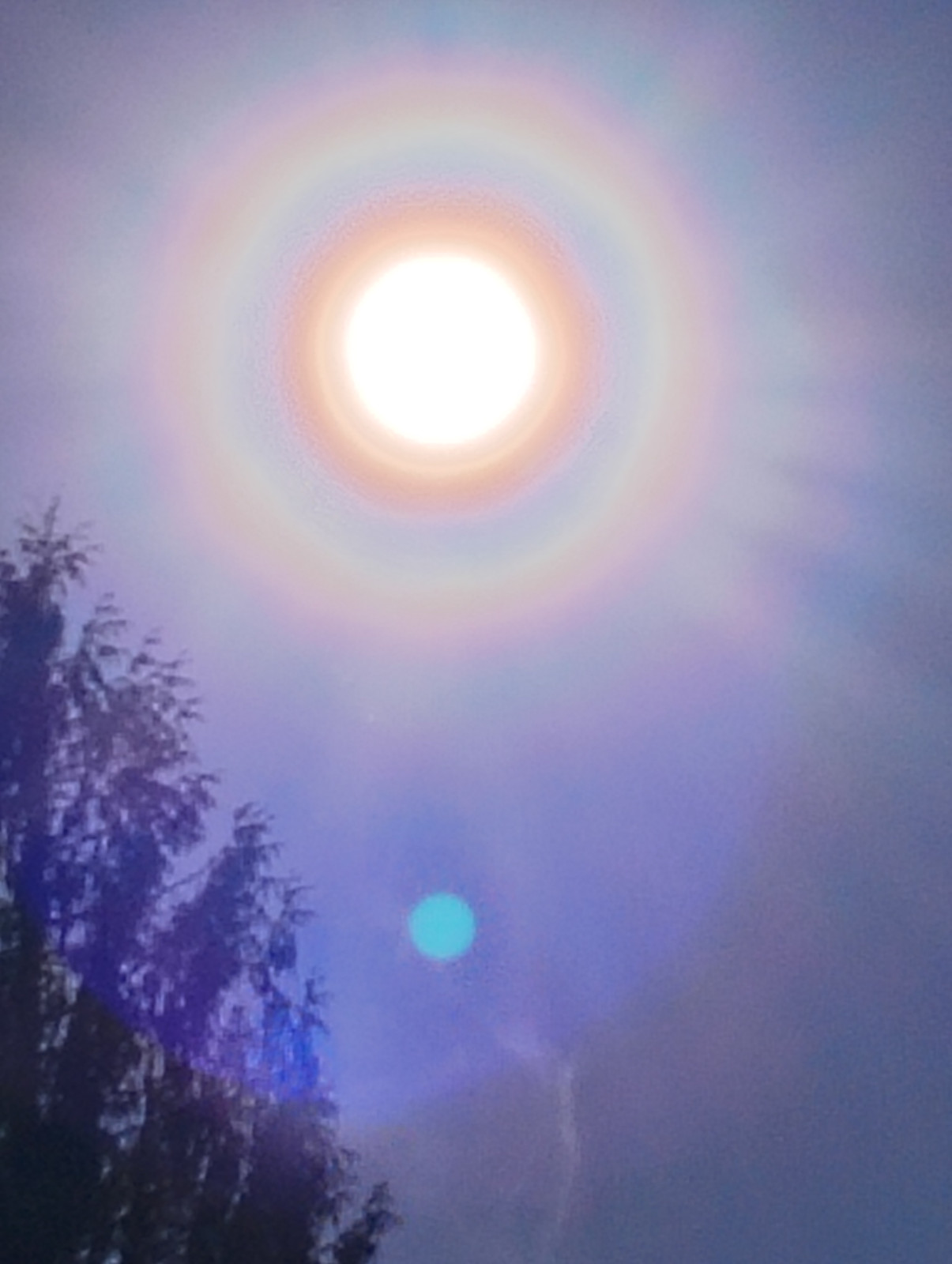
Unmasking Whiteness: A Black American Perspective on the Creation of Race and the Path to Healing
I am the descendant of people who walked this land before the first Europeans ever arrived and of those who were forced here in chains. My ancestors built this country—some in bondage, some free but still bound by the weight of white supremacy. I come from the resilience of Blackness, the wisdom of Indigenous nations, and the echoes of European ancestors who were not yet “white” when they first set foot on this soil.
My family’s history is woven into the fabric of America, going back to before there even was a “United States.” But through generations, I have seen how the idea of race—especially whiteness—was created not to unite, but to divide. Understanding this history is necessary not just for reclaiming our own stories, but for dismantling the false hierarchies that still shape this country today.
And let me be clear: this is not a call for “colorblindness.” It is not a denial of the richness, strength, and beauty of Blackness—a powerful identity that emerged from imposed oppression and has become a source of resistance, culture, and joy. This is not about forgetting history or erasing our lived experiences. Instead, it is a call to both celebrate and uplift Blackness while also harmonizing and moving beyond race and ethnicity as tools of division, hatred, power, and oppression.
Before Whiteness, There Were Just People
Before colonization, people across the world identified by kinship, culture, and land—not by “race” as we understand it today. The English, Irish, and Germans didn’t see themselves as “white”—they were nations, tribes, and clans.
Even in early colonial America, poor European laborers and enslaved Africans had more in common than not. They worked the same land, suffered under the same exploitative system, and often fled together, fought together, and sometimes even loved each other. But that solidarity was dangerous to the ruling class—so they put an end to it.
Bacon’s Rebellion and the Deliberate Invention of Race
The turning point came in 1676, with Bacon’s Rebellion. In Virginia, a rebellion of poor white and Black laborers—both enslaved and indentured—rose up together against the colonial elite. They burned Jamestown to the ground, demanding land and rights.
The rebellion was crushed, but it terrified the ruling class. The wealthy saw that if poor whites and enslaved Africans continued to unite, they would lose power. So they created the concept of “whiteness” as a tool to break this alliance:
• The Virginia Slave Codes of 1705 declared that Africans would be enslaved for life and that “whiteness” meant freedom.
• Poor Europeans were given small privileges—the right to own land, to testify in court, to claim legal superiority over Black people—even if they remained poor.
• Interracial marriage and alliances were outlawed, preventing poor whites and Black people from ever seeing each other as kin again.
The racial caste system we still live with today was not a natural division—it was a strategy to keep power in the hands of the wealthy few.
(Sources: Morgan, “American Slavery, American Freedom”; Allen, “The Invention of the White Race”)
How My Family Lived Through This System
My own ancestors lived through this shift firsthand. Some were free Black people, clinging to their tenuous liberty in a system designed to erase them. Some were enslaved, forced into a racial category that did not exist a century before. Some were Indigenous, watching their lands stolen as whiteness expanded to claim what it wanted. And yes—some were European-descended, though they would not have been called “white” at first. They were absorbed into whiteness over generations, losing their original cultural ties in exchange for the privileges that whiteness granted.
This is not a unique story—millions of Black families have versions of this same truth, tangled within the contradictions of American history. We are not just the victims of this system; we are also the witnesses.
Sanandawa: Reclaiming the Truth Beyond Race
In Sanandawa, we reject the false categories created by colonizers. Race, as we know it, is a tool of oppression—designed to divide people, uphold white supremacy, and erase Indigenous and African spiritual traditions.
But that does not mean that we erase the truth of our lived experiences, nor does it mean we deny the beauty, power, and culture that Blackness has created in response to oppression.
Sanandawa calls for a dual process:
1. Celebrating and uplifting Blackness in all its richness—not just as resistance, but as a vibrant, spiritual, and cultural force that deserves to thrive on its own terms.
2. Moving beyond race as a tool of division, power, and oppression, reclaiming the true connections that were severed by colonialism and racial hierarchy.
This is not a contradiction—it is a harmonization. It is the ability to hold truth and transformation in the same breath.
(Sources: Harris, “Whiteness as Property”; Fields & Fields, “Racecraft”)
A Future Without Whiteness, Not Without Identity
As a Black American whose family history spans centuries on this land, I do not need whiteness to explain who I am. I am the descendant of those who survived the invention of race itself.
I call upon those who have inherited whiteness—especially those who suspect that it has robbed them of something deeper—to unlearn it. Not in guilt, but in truth. To search for the ancestors and cultures they were forced to abandon in order to become “white.” To question the lies they have been told about Blackness, about Indigenous identity, about who they really are.
But this is not a call for a world that erases Blackness, nor a naive plea for “we are all the same.” We must tell the truth about race before we can transcend it. We must name anti-Blackness before we can dismantle it. We must celebrate the cultures that have risen from oppression before we can talk about moving beyond race as a system of control.
A world beyond whiteness is not a world of colorblindness—it is a world of healing.
A world where we no longer have to check boxes on a census form that were designed to divide us.
A world where being European-descended does not mean being complicit in oppression.
A world where Black people are not defined by the trauma inflicted upon us, but by our own divine power.
This is the world Sanandawa calls us to build.
This is the world I fight for.
Sources & Further Reading
1. Allen, Theodore W. The Invention of the White Race.
2. Harris, Cheryl I. Whiteness as Property.
3. Morgan, Edmund S. American Slavery, American Freedom.
4. Fields, Karen & Fields, Barbara. Racecraft: The Soul of Inequality in American Life.
5. Haney López, Ian. White by Law: The Legal Construction of Race.
6. Painter, Nell Irvin. The History of White People.
What does it mean to unlearn whiteness while still honoring and celebrating Blackness? Drop your thoughts in the comments.
In Divine Love and Sacred Action,
Phoenix Rainbow Butterfly
Sanandawa Collective
Liberating Joy Collective
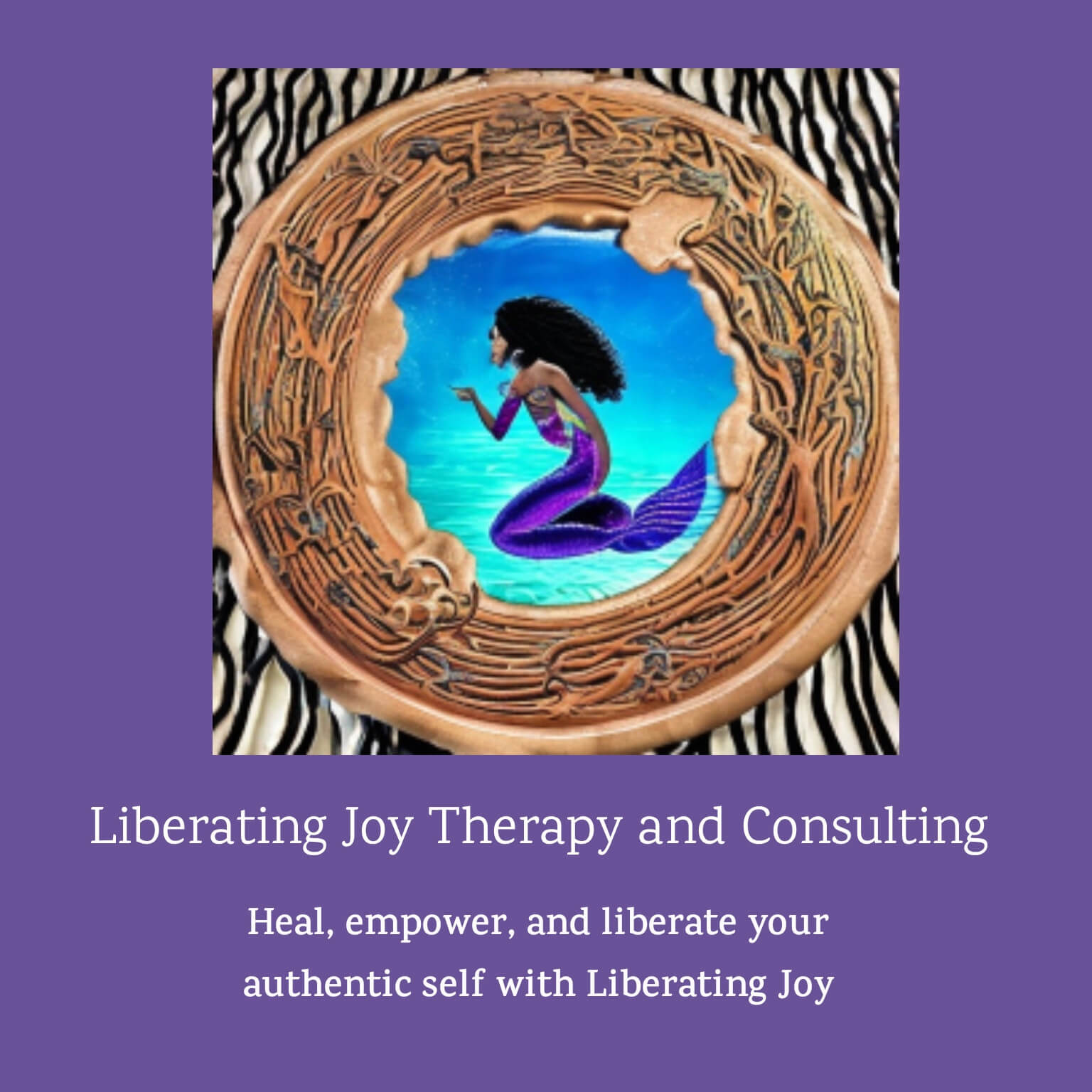
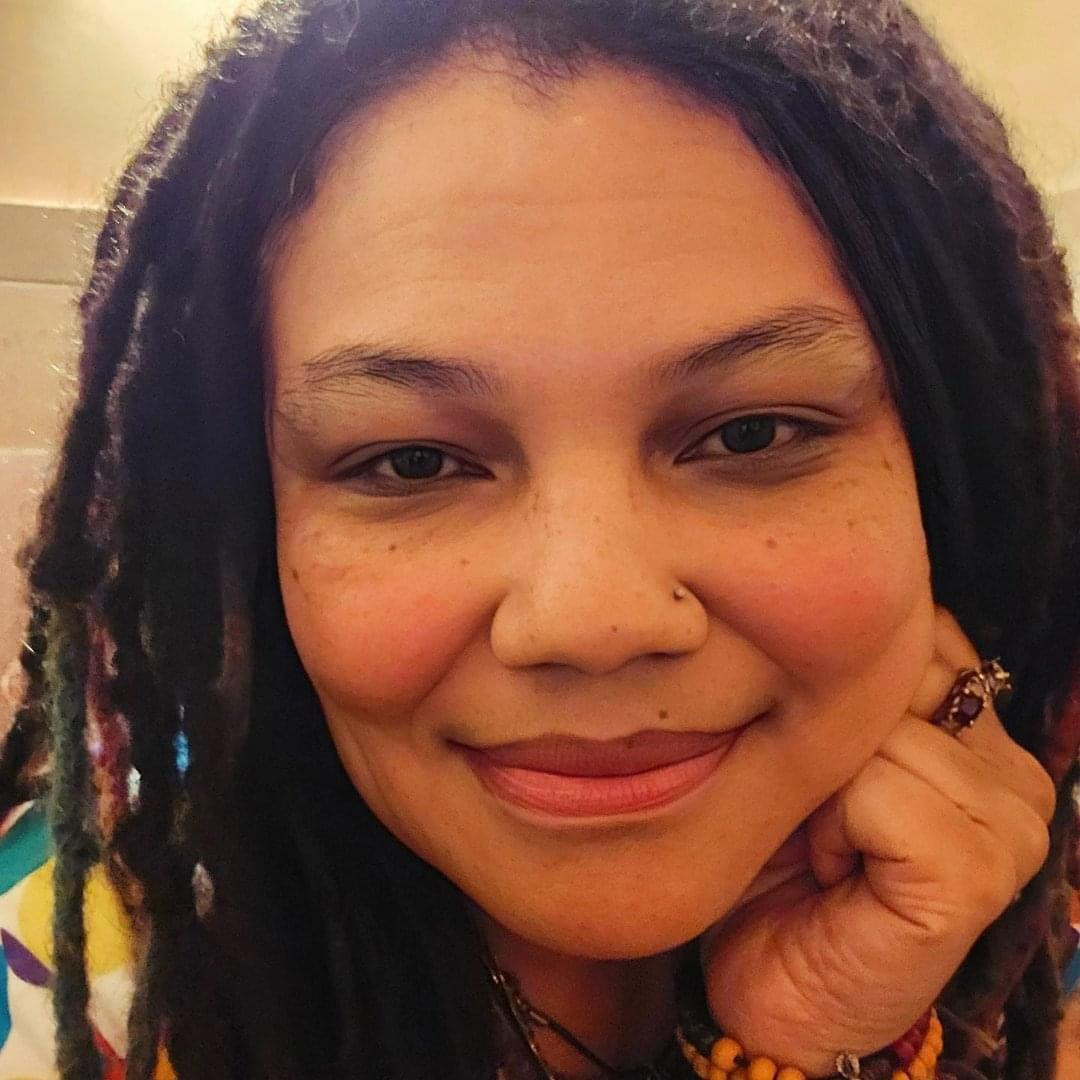
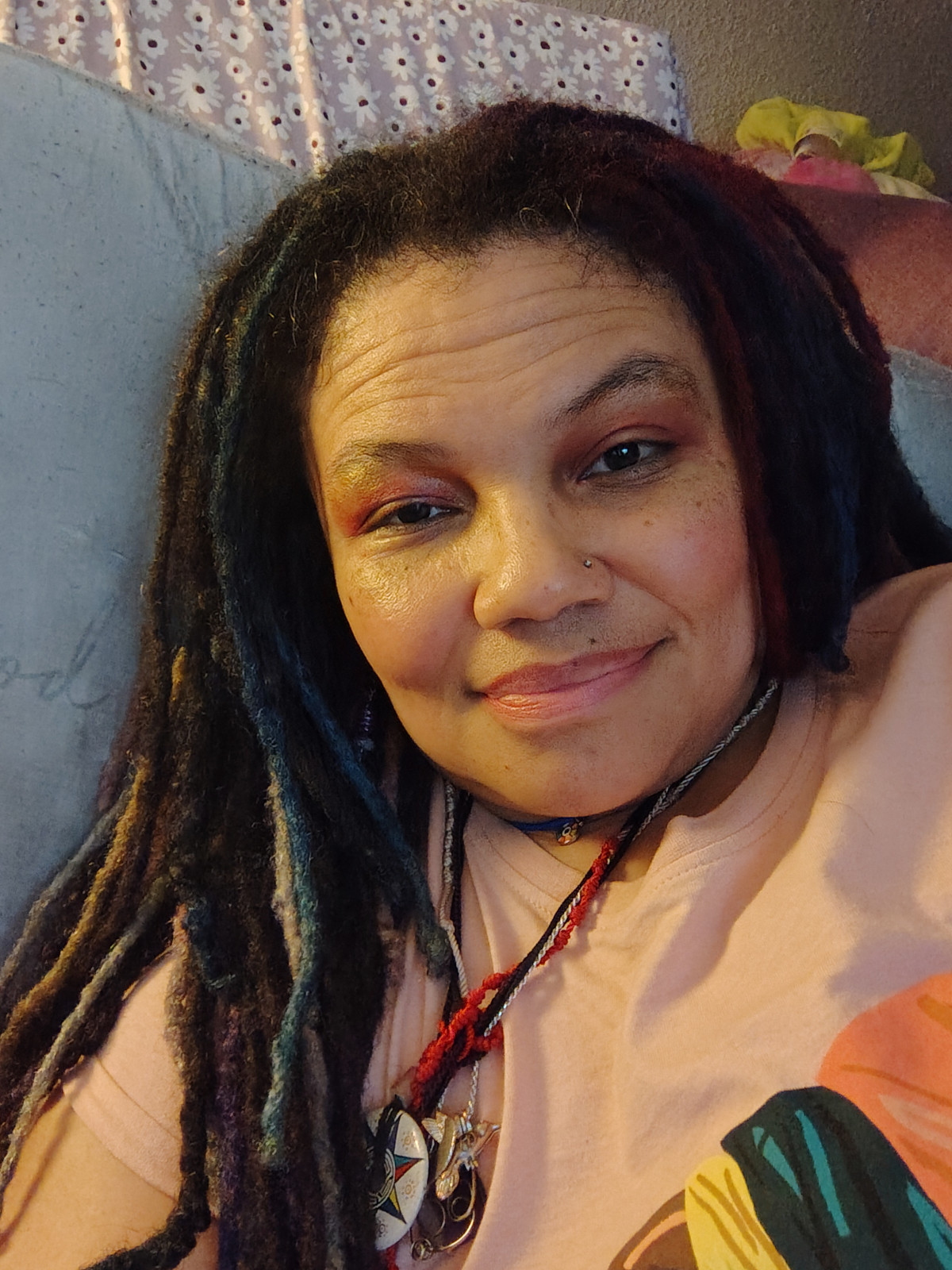
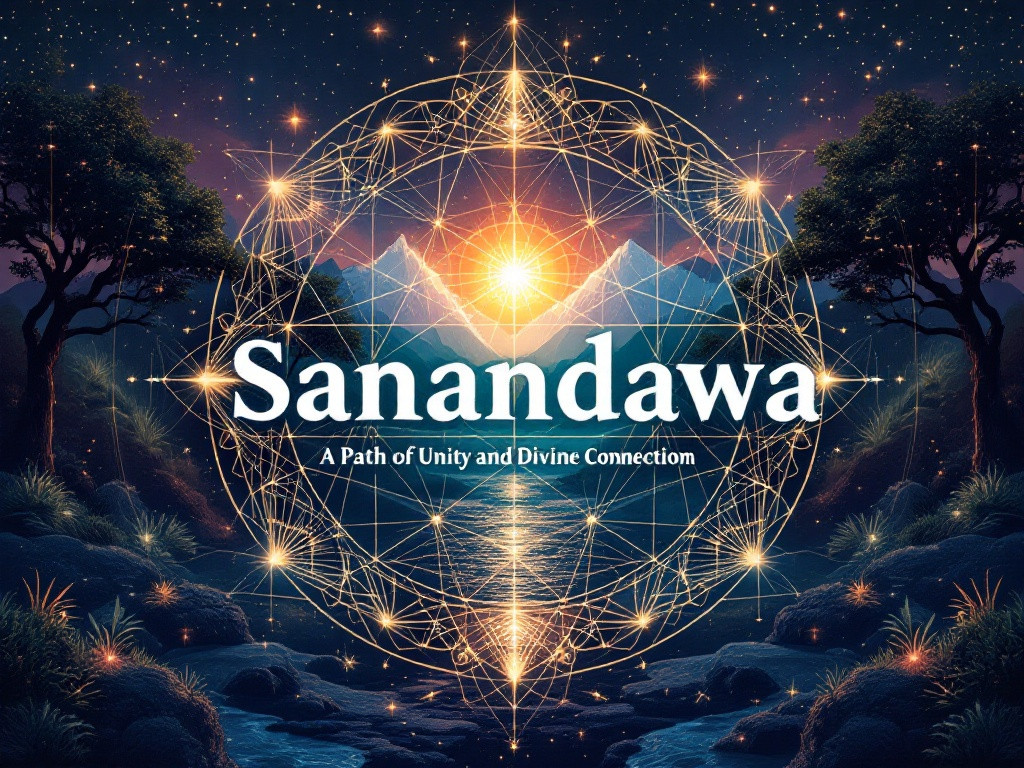
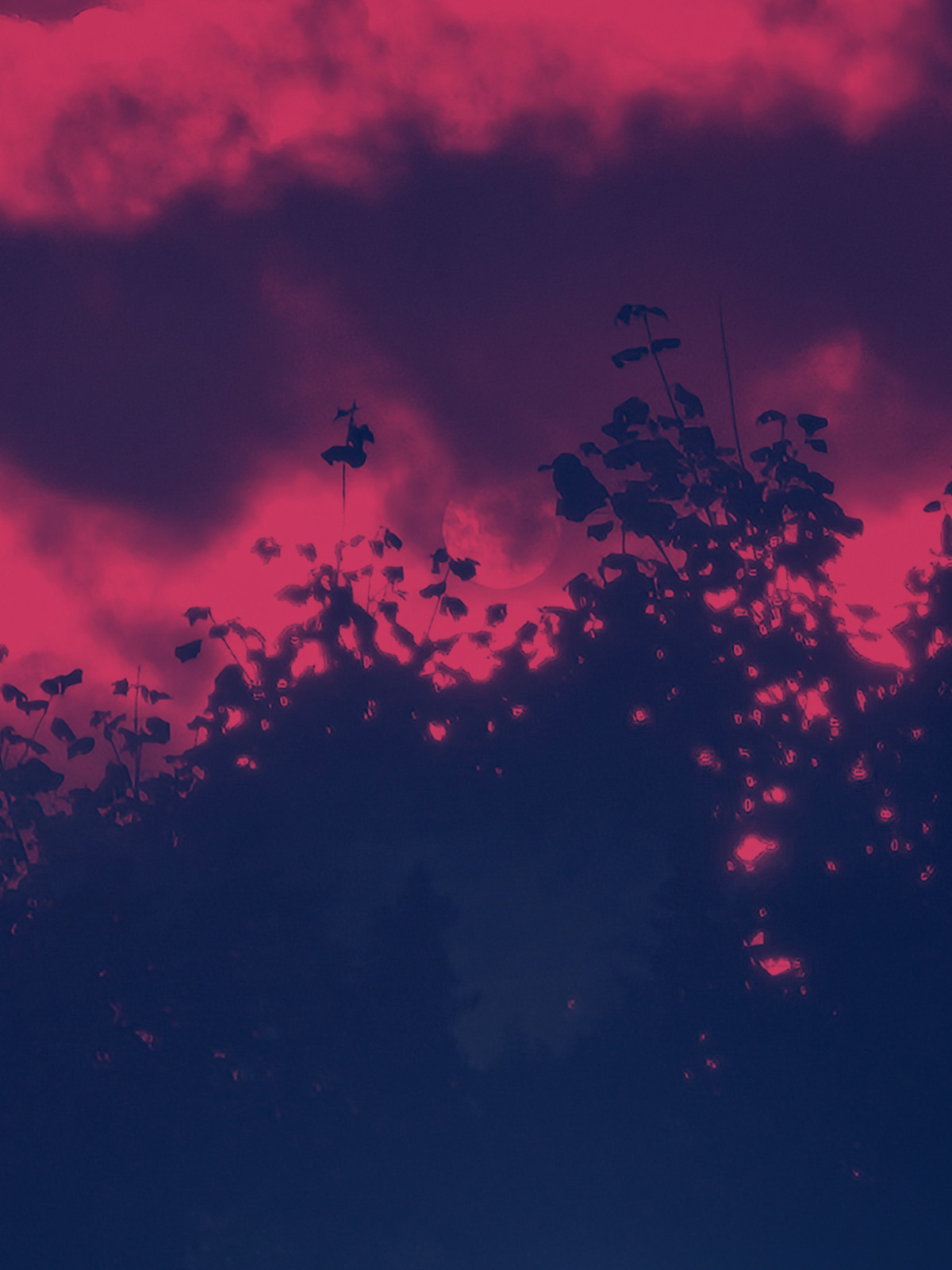
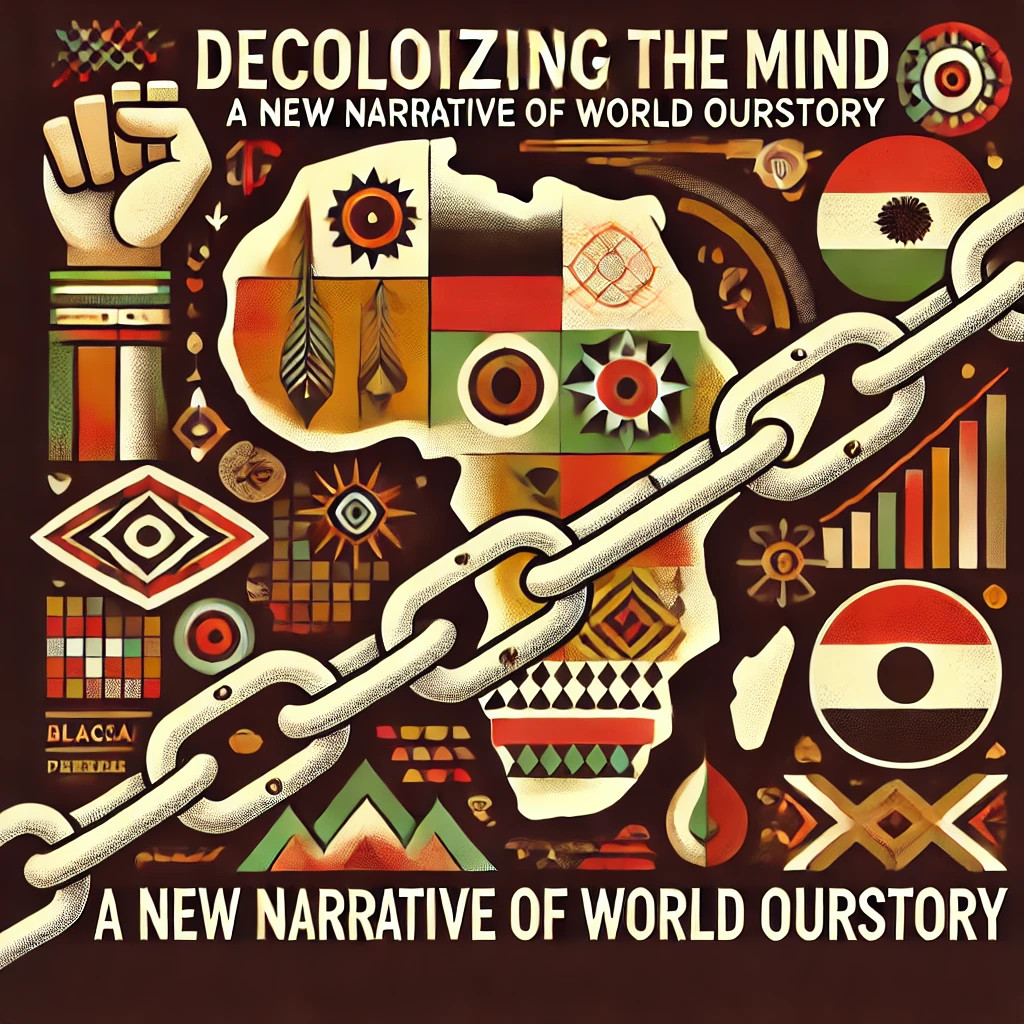
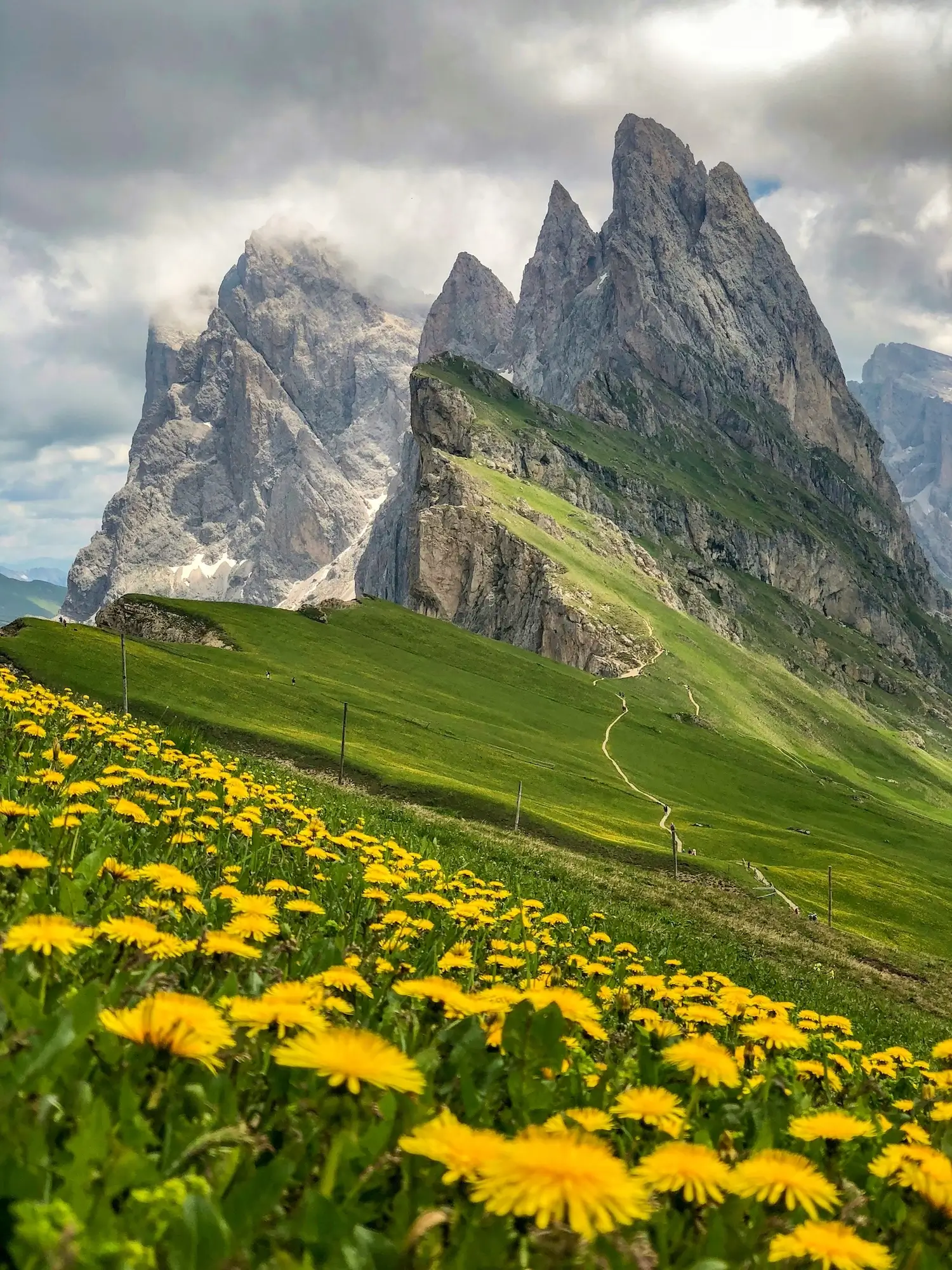
0 Comments